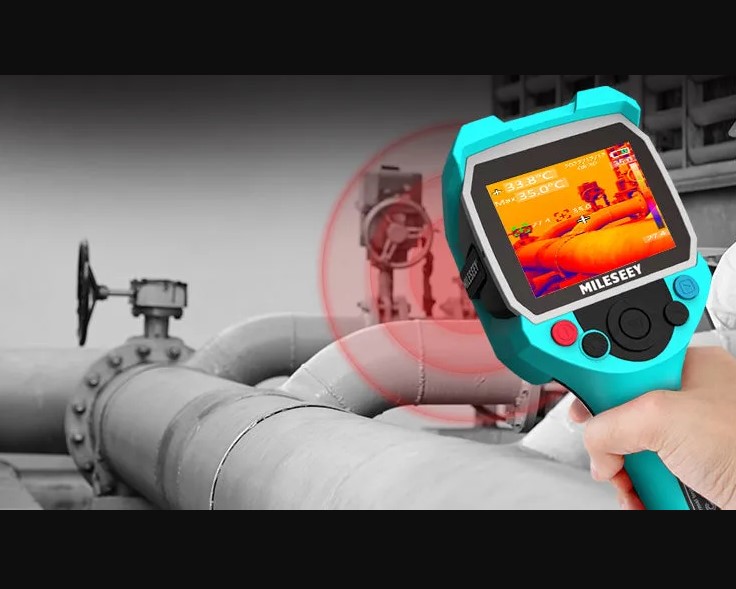Leak detection stands as an indispensable pillar in modern infrastructure management, ensuring the integrity of systems that deliver vital resources such as water, gas, and oil. Its significance extends beyond mere maintenance; it’s about preserving resources, safeguarding the environment, and enhancing safety measures. This comprehensive guide navigates through the complexities of leak detection, shedding light on its methodologies, technologies, and the critical role it plays in various industries.
Understanding Leak Detection
Leak detection involves the identification and localization of unintended fluid or gas escape from a system. These leaks can occur in pipelines, tanks, storage facilities, or any structure designed to contain fluids or gases. Detecting and repairing leaks promptly is essential for minimizing resource wastage, preventing environmental contamination, and ensuring operational safety.
The Importance of Leak Detection
- Resource Conservation: In a world where resources are increasingly scarce, leak detection is pivotal for conserving water, oil, and gas resources. Even minor leaks, when left undetected, can lead to significant losses over time.
- Environmental Protection: Leaks pose a threat to the environment by contaminating soil, water bodies, and the atmosphere. Detecting leaks early mitigates environmental damage and reduces the ecological footprint of industries.
- Safety Enhancement: Leaks in gas pipelines or storage tanks can lead to hazardous situations such as explosions or fires. Early detection helps in implementing preventive measures, safeguarding lives and properties.
Methods of Leak Detection
- Visual Inspection: A traditional yet effective method, visual inspection involves physically examining pipelines or structures for signs of leakage such as stains, corrosion, or moisture accumulation.
- Acoustic Monitoring: This method relies on listening devices to detect the sound generated by escaping fluids or gases. Acoustic sensors can pinpoint leaks even in underground pipelines, making it a valuable tool for leak detection.
- Pressure Testing: Pressure testing involves pressurizing a system and monitoring pressure variations to identify leaks. This method is commonly used during system installation or maintenance to ensure integrity.
- Tracer Gas Detection: Tracer gases, such as helium or hydrogen, are injected into a system, and their presence is monitored to locate leaks. This method is highly sensitive and can detect even the smallest leaks.
- Thermal Imaging: Thermal cameras detect temperature variations caused by leaking fluids, making it possible to identify leaks in inaccessible or underground pipelines.
Advanced Technologies in Leak Detection
- Leak Detection Systems (LDS): These automated systems utilize sensors, data analytics, and machine learning algorithms to continuously monitor pipelines and detect leaks in real-time. LDS offers early detection and swift response, minimizing potential damages.
- Fiber Optic Sensing: Fiber optic cables installed along pipelines detect changes in temperature, pressure, or vibration caused by leaks. This technology provides accurate and real-time monitoring over long distances.
- Satellite Imagery: Remote sensing technologies, including satellite imagery and aerial surveys, are employed to detect leaks in large-scale pipeline networks, especially in remote or inaccessible areas.
- Smart Leak Detectors: IoT-enabled devices equipped with sensors and connectivity capabilities are deployed in residential and commercial buildings to detect leaks in plumbing systems. These devices alert users or building management systems upon detecting anomalies, preventing water damage.
Challenges and Future Outlook
Despite advancements in leak detection technologies, several challenges persist. False alarms, limited accessibility in underground pipelines, and high initial costs hinder widespread adoption. However, ongoing research and development efforts aim to address these challenges by improving sensitivity, reducing costs, and enhancing reliability.
The future of leak detection holds promise, driven by innovations such as drone-based monitoring, AI-driven predictive analytics, and blockchain-powered asset tracking. These advancements not only enhance leak detection capabilities but also streamline maintenance processes and optimize resource utilization.
Conclusion
Leak detection is more than just a maintenance task; it’s a proactive approach towards resource conservation, environmental protection, and safety enhancement. By leveraging advanced technologies and methodologies, industries can detect leaks promptly, mitigate risks, and uphold their commitment to sustainability. As we continue to innovate and evolve, the journey towards leak-free infrastructure and a greener future gains momentum.


More Stories
Building Dreams, Selling Visions: Erin E King MBA, Your Male Maestro in Jacksonville Real Estate
Everything You Need to Know About Tuanmuda88
Become Pharma Wholesale Business in India